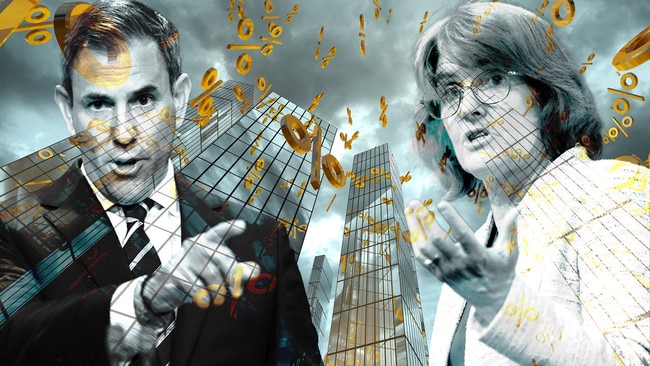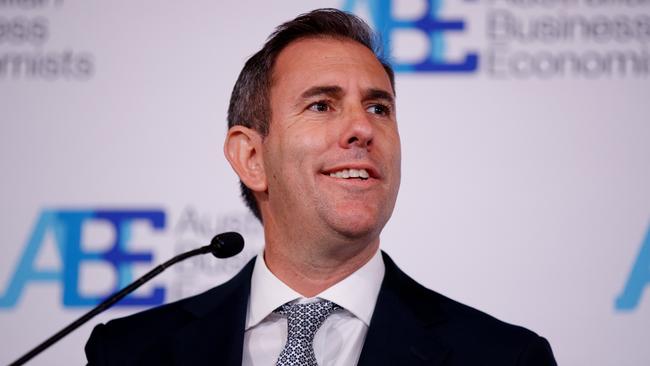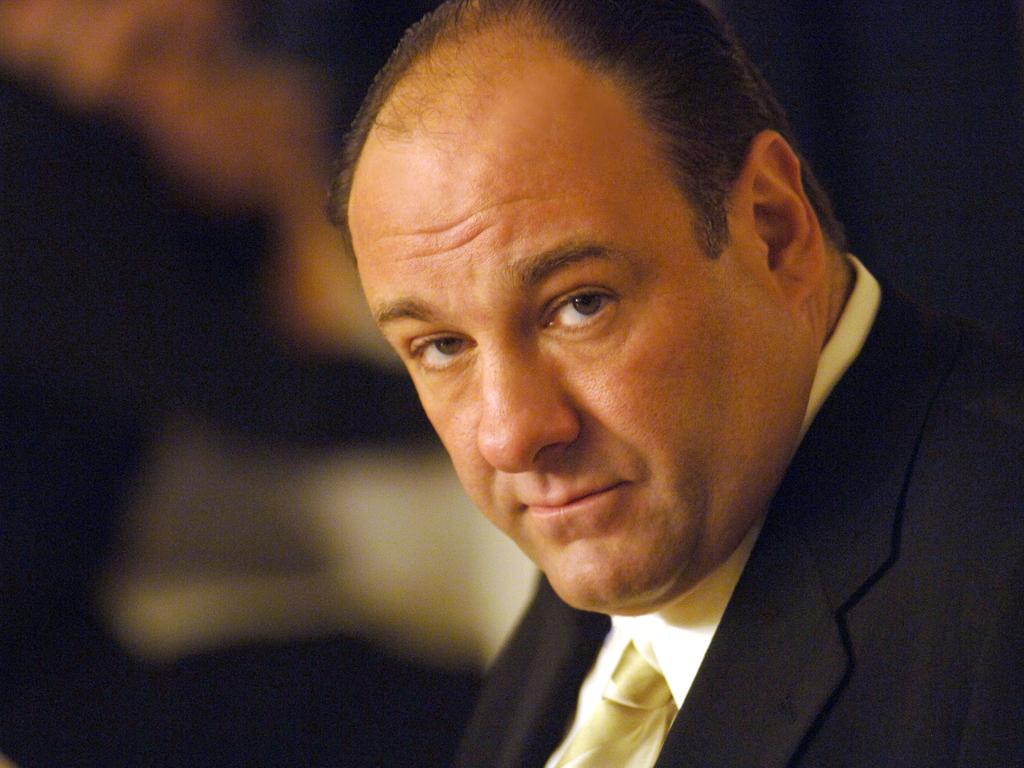Cost-of-living report damns government spending
The Coalition-led Senate inquiry into the cost of living pressured the Prime Minister to reconvene national cabinet to clampdown on expenditure at ‘all levels of government’.

Anthony Albanese must convene national cabinet to address “excessive public expenditure” by state and federal governments, the Coalition has demanded, as it hones its attacks against Labor for overseeing a boom in government spending.
As fresh Victorian government figures showed state spending surged by 7.7 per cent in the past year to $24.9bn in the September quarter, the Coalition on Friday released the findings of an opposition-led Senate inquiry into the cost of living, pressuring the Prime Minister to lead efforts to clampdown on expenditure at “all levels of government”.
“We need this national crisis to be met with a national response,” inquiry chair and opposition finance spokeswoman Jane Hume said. “A national cabinet is the mechanism by which you can do it, (and) address public sector expenditure that’s pushing up inflation.”
Government spending rose to a record 27.3 per cent of GDP in the June quarter as expenditure increased across federal government social programs, including aged, child and disability care, and government transfer payments. That compares with an average of 22.5 per cent of GDP recorded in the decade prior to the pandemic.
The Coalition’s call for a reduction in federal and state government expenditure follows a concession by the Reserve Bank last week, which said the recent rise in government spending had been “stronger than expected”.
Due to unforeseen cost-of-living giveaways and the growing expense of existing government services, including the surging growth of the $49bn National Disability Insurance Scheme, the central bank undercooked its public consumption forecast.
RBA governor Michele Bullock has also previously pointed the finger at states for driving a “large chunk” of the increase in government expenditure, but argued public spending was “not the main game” for the central bank in setting monetary policy.
Jim Chalmers has fastidiously defended Labor’s additional outlays, arguing it has been critical to keep the economy afloat when private sector activity has remained anaemic.

Meanwhile, the other recommendations of the cost-of-living inquiry largely mirrored the pre-existing Coalition policy announcements, and included its calls for the re-establishment of the Australian Building and Construction Commission in a bid to clamp down on the recalcitrant CFMEU, which the government has forced into administration.
It also proposed the introduction of divestiture powers to address instances of “supermarket price-gouging” and permanently extend the instant asset write-off scheme for small businesses, allowing them to immediately deduct $30,000 from eligible assets.
In a dissenting report authored by Labor senators Karen Grogan and Jana Stewart, the pair criticised the inquiry, claiming it had “fallen short of Senate standards”.
“Rather than a constructive investigation into the real cost-of-living pressures facing Australians, this inquiry has served as a partisan platform for the Coalition’s views,” the pair wrote.
In a series of accompanying recommendations, the Labor senators called for the passage of the government’s help-to-buy shared equity scheme through the upper house. To date, the legislation’s passage has been stymied by the Coalition and the Greens, but is due to be debated in the Senate next week and potentially pass after the minor party’s agreement to “compromise” on Friday.
While the Coalition demanded expenditure restraint from federal and state governments, Victoria’s Allan government on Friday reported a sharp rise in spending.
Total expenditure rose to $24.9bn in the September quarter, the Treasury’s latest operating statement shows, representing an increase of $1.8bn compared with the same period last year.
“This increase primarily reflects the increased spending on service delivery in the health sector, an increase in interest expense associated with additional borrowings and an increase in interest rates on borrowings,” it says.
The figures also show net debt rose by $7.4bn to $140.7bn as of the end of September.
The conclusion of the cost-of-living inquiry comes as Peter Dutton earlier this week appeared to shelve his previous offers of additional income tax cuts to 1.1 million high-income earners left worse-off by Labor’s overhaul to the stage three tax package.
With further income tax relief likely to stoke demand and consequently exacerbate price pressures, the Opposition Leader signalled that reducing inflation and budget management would be prioritised in the Coalition’s pre-election policy commitments.
But despite the ramp-up in public spending by Labor, the Coalition has been coy on where it would find savings and has previously declared it will not cut “essential services”, limiting its ability to aggressively rein in spending.
Meanwhile, the Coalition’s taxpayer-funded nuclear energy plan is expected to sap hundreds of billions from Treasury coffers.






To join the conversation, please log in. Don't have an account? Register
Join the conversation, you are commenting as Logout